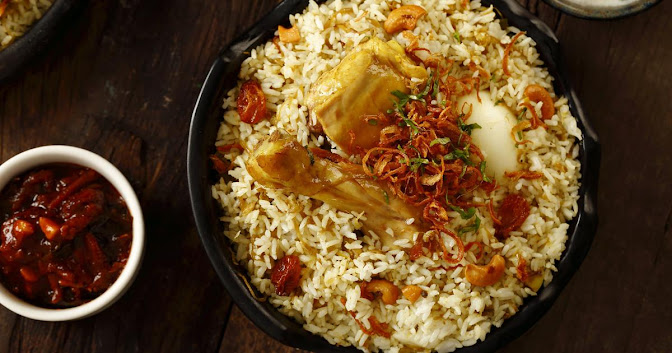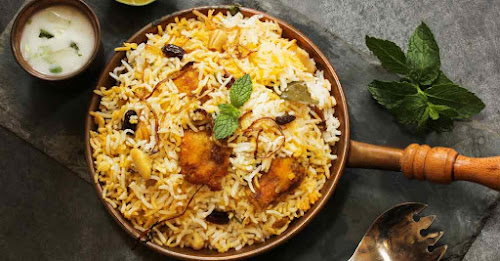Have You Tried Out The Top Biriyani In Kochi
The Basics of Biryani for Every Foodie - The History of Biryani in India
A handi of biryani is a complete dinner in and of itself, containing rice, meat (or veggies), and spices. A handi of biryani will suffice for any formal or informal gathering of friends. This traditional dish is infused with aromatic spices and rich flavors in every spoonful. The dish's fans swear by its unusual flavor. However, most biryani fans are unaware that, despite its many regional variations, the dish did not originate in India.
The Indian subcontinent has a long history of foreign rulers, each of whom brought different cultures, traditions, and cuisines to the region. The Turks, Afghans, Persians, and Arabs left behind a rich tradition of meals and feasts, whereas the Europeans introduced the western world to them.
TYPES OF BIRIYANI
1. KOLKATA BIRIYANI
2. SINDHI BIRIYANI
3. MEMONI BIRIYANI
4. MALABAR BIRIYANI
5. THALASSERY BIRIYANI
6. AMBUR BIRIYANI
7. DINDIGUL BIRIYANI
ORIGIN
The dish's exact origins are unknown. Different types of biryani arose in the Muslim cities of Delhi (Mughlai cuisine), Rampur, Lucknow (Awadhi cuisine), and other tiny princely states in North India. Several distinct varieties of biryani emerged in South India, where rice is more widely used as a staple food, from the Hyderabad Deccan (where some believe the dish originated) as well as Tamil Nadu (Ambur, Thanjavur, Chettinad, Salem, Dindigul), Kerala (Malabar), Telangana, and Karnataka (Bhatkal), where Muslim communities were present.
The modern biryani, according to historian Lizzie Collingham, evolved in the royal kitchens of the Mughal Empire (1526–1857) and is a hybrid of Indian spicy rice dishes and Persian pilaf. The dish is thought to have originated in Persia and was brought to India by the Mughals, according to Indian restaurateur Kris Dhillon.
According to another belief, the meal was created in India before Babur, the first Mughal emperor, invaded the country
The Mughal treatise Ain-i-Akbari, written in the 16th century, makes no distinction between biryanis and pilaf (or pulao), claiming that the term "biryani" is older in India. A similar claim, that biryani arrived in India with Timur's conquest, appears to be false, given there is no evidence of biryani in Timur's homeland.
You may buy your favorite original and varied mutton or chicken biryani from Arun's restaurant online on a relaxing afternoon or evening. We take roughly 90 minutes to deliver the greatest biryani in Kochi to your home since we cook each biryani separately in a handi. You can order biryani online or at our restaurant by searching for mutton, chicken, or vegetarian biryani.





Comments
Post a Comment